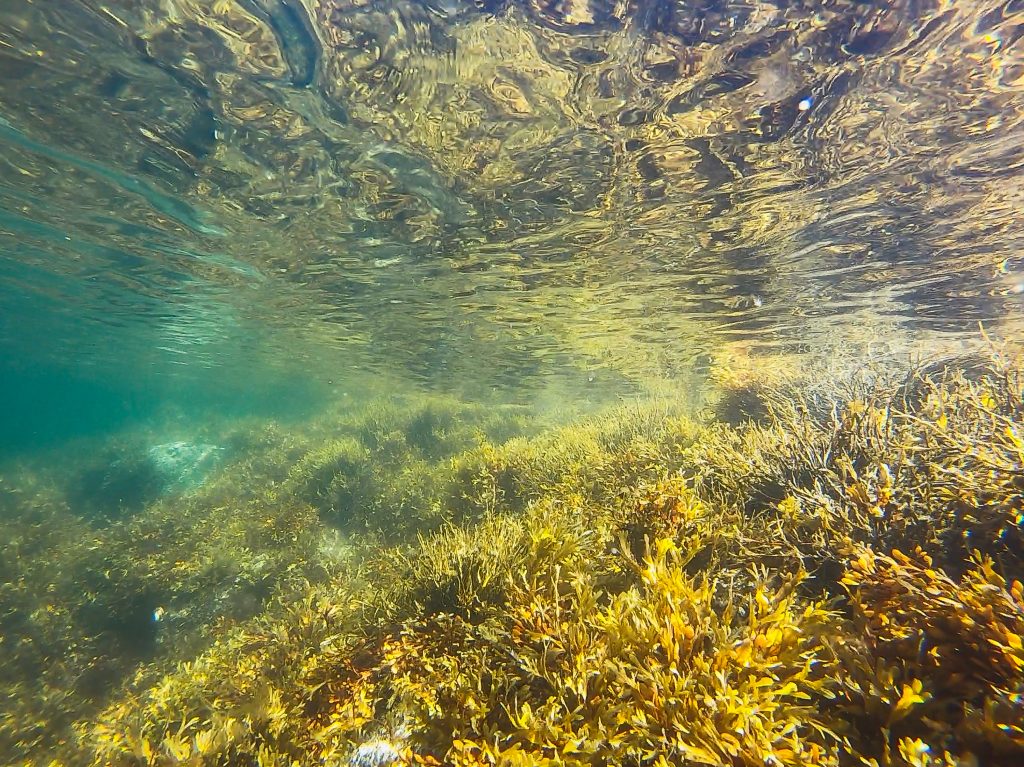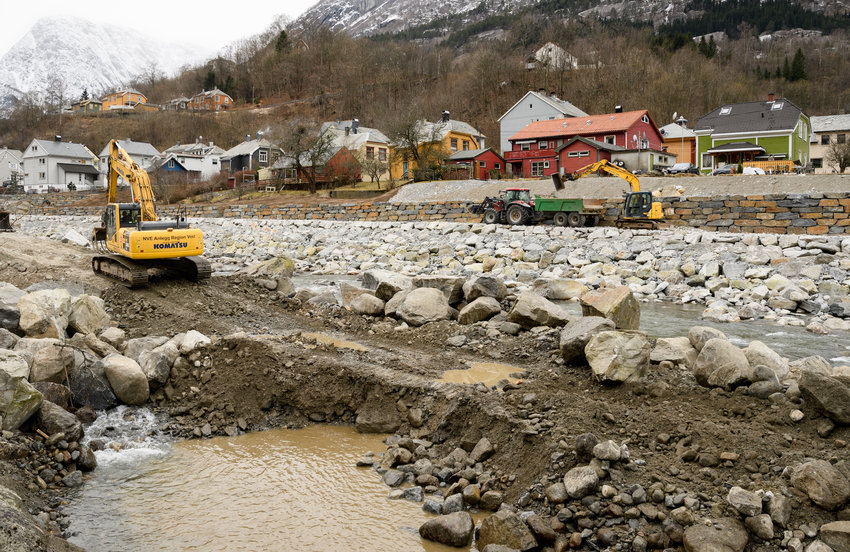Climate scientists in Climate Futures, together with their co-authors, recently published a paper on the phytoplankton bloom in the Barents, Norwegian and North Seas. Pythoplankton is an essential part of the food chain and marine life. The study found that the blooms are starting and ending later, but none of the parameters in the study can explain why.

Phytoplankton are tiny floating organisms that live in the surface waters of oceans, rivers and lakes. Like trees on land, the phytoplankton absorbs sunlight and nutrients to grow, making them the base of the food chain in aquatic environments and essential for marine life. The phytoplankton biomass can significantly vary between the seasons in high latitude regions. In spring, the increase of light and the density stratification of the water column allows the phytoplankton to consume the nutrients accumulated during the winter, leading to a rapid increase of biomass called spring bloom.
After the spring bloom, the surface waters during summer and autumn lack nutrients, but replenishment of nutrients from the deep or coastal waters leads to a secondary bloom called summer/autumn bloom. Spring and summer blooms occur every year, but some years have high biomass blooms while others grow little, some start earlier while others later. The causes of this interannual variability of the blooms are little known.
The study “Twenty-One Years of Phytoplankton Bloom Phenology in the Barents, Norwegian, and North Seas” is led by Edson Silva, a scientist at NERSC and member of the Bjerknes Climate Prediction Unit, and investigates the interannual variability of the spring and summer blooms from 2000 to 2020 in the Barents, Norwegian and North seas. The blooms are observed using satellite estimates of chlorophyll-a concentration, a pigment in the phytoplankton cells capable of absorbing sunlight. A clustering technique and a decomposition of the bloom phenology (e.g., intensity, onset and duration) are used to identify potential drivers of the blooms interannual variability, such as sea surface temperature (SST), mixed layer depth (MLD), suspended particulate matter (SPM), and wind speed.
The MLD – the layer where turbulence is homogenized – is found to be the main driver of spring blooms interannual variability. In the Barents Sea, shallower MLD is linked to more stratified waters, reducing the phytoplankton sinking to dark deeper waters during the bloom and allowing the phytoplankton to reach higher biomass. In the north of the North Sea, shallow MLD during spring also reduces SPM resuspension – related to water transparency – from the bottom of the sea. There, this ideal environment of stratified and transparent waters makes the phytoplankton reach higher biomass concentrations. In the North, Norwegian and Barents seas, summer blooms have been rapidly changing over the past 21 years. They are starting and ending later, getting more extended and growing higher biomass. However, none of the parameters assessed in the study seems to explain the changes in the summer blooms.
Interested in more details? Read the whole paper here.

